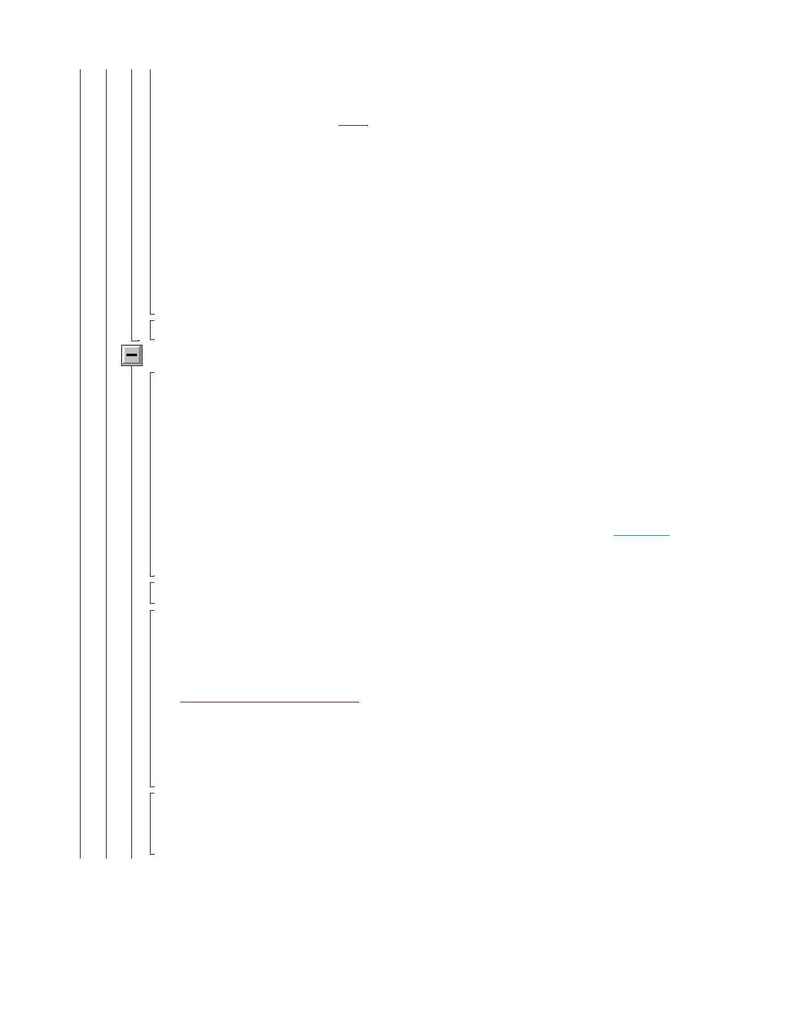
(
)
applyop
,
,
,
,
collect
(
)
location
,
%% %
%%
1
factor
(
)
S
4
, , , ,
,
r s g T
1
1
(
)
+
1
1
2520
s
2
r
2
1
5
(
)
- +
1
g
2
=
280 a
4
(
)
+
+
2
3
3 (
)
+
+
+
+
+
+
6
6
5
15
4
21
3
18
2
9
3
1
4
315 a
3
(
)
+
2 (
)
+
+
2
2
2 (
)
+
+
+
+
4
4
3
6
2
4
2
1
3
+
360 a
2
(
)
+
+
+
+
+
+
6
7
5
21
4
35
3
35
2
21
7
1
2
+
420 a
1
(
)
+
2 (
)
+
+
2
3
3 (
)
+ +
2
1
1
504 a
0
(
)
+
+
+
+
5
10
10
2
5
3
4
+
+
:=
defint_x4
%
6.3.2. Error Evaluation, or When Do I Switch?
Notice that, within the large multiplicative term, the combinations of coefficients
a
k
times
the start frequency are well-behaved in the numerical sense. That is, because numerically
we have
a
k
1
k
~ 1, we would prefer them to occur in like powers, and indeed that term is
of the form
( )
A
k
a
k
1
k
. The above expression, then, gives the value of the integral
near the coordinate axes {
=
s
0
,
=
r
0
}, accurate to fourth order. The remaining question is
deciding where one should switch over from the full integral expression (
section 7
) to the
near-axis approximation. To that end, we can evaluate the next term in the expansion and
use that for error control.
We are interested in the ratio
=
-
d
1
2
(
)
O
6
x
d
1
2
(
)
O
4
x
d
1
2
(
)
O
4
x
where
= (
,
s r
). When this approaches some factor of one (say
~ 0.01) then we are in
trouble with the lowest order expansion and should use the full integral. We may rewrite
this as
Page 24
